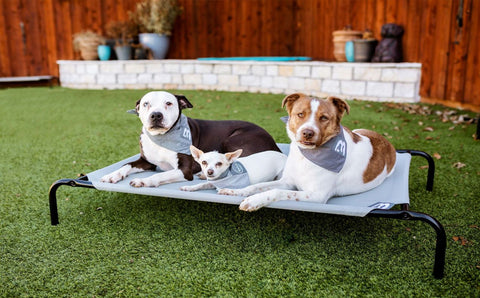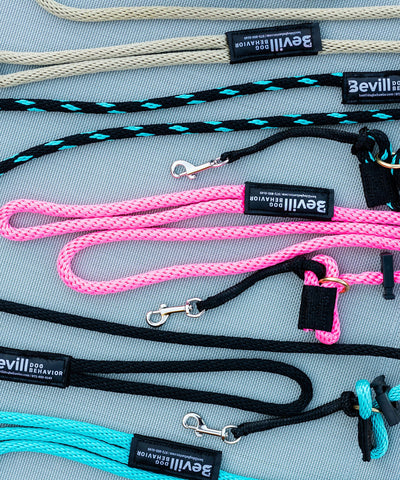Introducing two dogs that have never met can be quite a delicate process, especially if one or both have behavioral issues. As a dog behaviorist with a focus on dog psychology and rehabilitation, I can provide some guidance on how to approach this situation.
1. Choose the Right Location;
When introducing two dogs, it's crucial to pick a neutral and controlled environment. Avoid introducing them in either dog's territory, as this can lead to territorial aggression. A quiet park or a friend's yard are good options.
2. Use Leashes:
Keep both dogs on leashes during the initial introduction. This allows you to maintain control and separate them if necessary. Keep the leashes loose to prevent tension. And also be on the same side as your dog so you can pull them away if something goes south. If the other dog is between you and your dog, you will be pulling your dog into the other dog.
3. Allow Parallel Walks:
Start by having the dogs walk parallel to each other at a distance. This helps them get accustomed to each other's presence without direct interaction. Gradually, decrease the distance between them as they become more comfortable.
4. Observe Body Language:
Pay close attention to their signals. Look for signs of submission, concern, stress, aggression, or fear, such as raised hackles, growling, or tense postures. If you notice these signs, separate them and try again later.
5. Controlled Meeting:
Once the dogs seem relaxed and their body language is positive, you can allow them to approach each other under supervision. Keep a close eye on their reactions. If either dog displays aggression, calmly separate them.
6. Short and Positive Interactions:
Keep the initial interactions short and positive. Allow them to sniff each other and engage in polite, non-threatening play. Reward good behavior with praise.
7. Gradual Increase in Time Together:
Over the course of several meetings, gradually increase the time the dogs spend together. Continue to reinforce positive behavior and intervene if any issues arise.
8. Be Patient:
Remember that introducing two dogs can take time. Be patient and go at the pace that is comfortable for both dogs. Rushing the process can lead to setbacks.
9. Seek Professional Help if Needed:
If either dog has a history of aggression or behavioral issues, it's essential to consult a professional dog behaviorist or trainer with experience in rehabilitation. They can provide expert guidance tailored to your specific situation.
Introducing two dogs that have never met requires patience, careful observation, and a controlled approach. As a dog owner, you understand the importance of addressing any behavioral issues and ensuring a positive introduction for both dogs. With the right approach and guidance, many dogs can learn to coexist peacefully.








